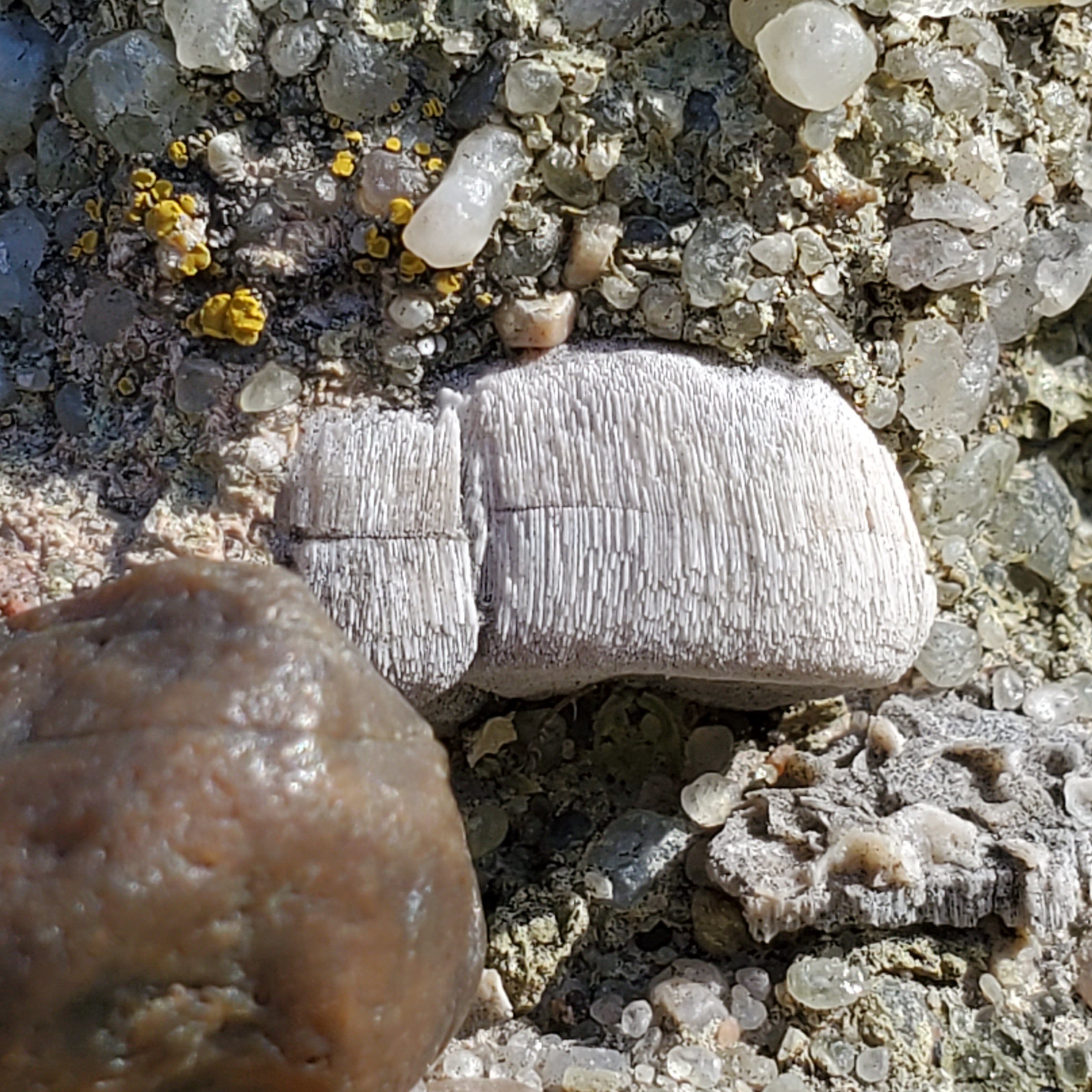|
Inoceramid
The Inoceramidae are an extinct family of bivalves ("clams") in the Class Mollusca. Fossils of inoceramids are found in marine sediments of Permian to latest Cretaceous in age. Inoceramids tended to live in upper bathyal and neritic environments. Many species of inoceramid are found all over the world, demonstrating the wide distribution of their preferred ecosystems, and possibly long-lived planktotrophic larvae.Lower Turonian Euramerican Inoceramidae: A morphologic, taxonomic, and biostratigraphic overview A report from the first Workshop on Early Turonian Inoceramids (Oct. 5-8, 1992) in Hamburg, Germany; organized by Heinz Hilbrecht and Peter J. Harries Despite their wide distribution, the pace of evolution of inoceramids ... [...More Info...] [...Related Items...] OR: [Wikipedia] [Google] [Baidu] |
Inoceramus Steenstrup, World's Largest Fossil Mollusk
''Inoceramus'' (Greek: translation "strong pot") is an extinct genus of fossil marine pteriomorphian bivalves that superficially resembled the related winged pearly oysters of the extant genus '' Pteria''. They lived from the Early Jurassic to latest Cretaceous.''Inoceramus'' at Fossilworks.orgWard ''et al.'' "Ammonite and inoceramid bivalve extinction patterns in Cretaceous/Tertiary boundary sections of the Biscay region (southweste ... [...More Info...] [...Related Items...] OR: [Wikipedia] [Google] [Baidu] |
Inoceramus
''Inoceramus'' (Greek: translation "strong pot") is an extinct genus of fossil marine pteriomorphian bivalves that superficially resembled the related winged pearly oysters of the extant genus '' Pteria''. They lived from the Early Jurassic to latest Cretaceous.''Inoceramus'' at Fossilworks.orgWard ''et al.'' "Ammonite and inoceramid bivalve extinction patterns in Cretaceous/Tertiary boundary sections of the Biscay region (southweste ... [...More Info...] [...Related Items...] OR: [Wikipedia] [Google] [Baidu] |
Santonian
The Santonian is an age in the geologic timescale or a chronostratigraphic stage. It is a subdivision of the Late Cretaceous Epoch or Upper Cretaceous Series. It spans the time between 86.3 ± 0.7 mya (million years ago) and 83.6 ± 0.7 mya. The Santonian is preceded by the Coniacian and is followed by the Campanian.Gradstein ''et al.'' (2004) Stratigraphic definition The Santonian Stage was established by French geologist Henri Coquand in 1857. It is named after the city of Saintes in the region of Saintonge, where the original type locality is located. The base of the Santonian Stage is defined by the appearance of the inoceramid bivalve ''Cladoceramus undulatoplicatus''. The GSSP (official reference profile) for the base of the Santonian Stage is located near Olazagutia, Spain; it was ratified by the Subcommission on Cretaceous Stratigraphy in 2012. The Santonian's top (the base of the Campanian Stage) is informally marked by the extinction of the crinoid '' Marsupites tes ... [...More Info...] [...Related Items...] OR: [Wikipedia] [Google] [Baidu] |
Cladoceramus
''Cladoceramus'' is an extinct genus of fossil marine pteriomorphian bivalves that superficially resembled the related winged pearly oysters of the extant genus '' Pteria''. They lived in the Santonian stage of the Late Cretaceous. Description Adult shells of ''Cladoceramus'' are small to very large size (more than 1 m in length). Many species with fine, discrete, juvenile ornamentation on umbo, consisting of closely and evenly to subevenly spaced raised concentric growth lines without rugae. Posterior auricle well-defined, triangular, separated from disc by auricular sulcus; a post-umbonal sulcus occurs in some species, as do very small anterior auricles ("ears").Lower Turonian Euramerican Inoceramidae: A morphologic, taxonomic, and ... [...More Info...] [...Related Items...] OR: [Wikipedia] [Google] [Baidu] |
Cremnoceramus
''Cremnoceramus'' ("cremno-" = ''kremnos'' reek precipice or over hanging wall or bank; "ceramus" = ''keramos'' reek clay pot) is an extinct genus of fossil marine pteriomorphian bivalves that superficially resembled the related winged pearly oysters of the extant genus '' Pteria''. They lived from the Turonian to the Maastrichtian of the Late Cretaceous. Description ''Cremnoceramus'' were facultatively mobile, blind, suspension feeding bivalves with low-magnesium calcite shells. ''Inoceramids'', like the ''Cremnoceramus'' in particular, had thick shells composed of particular "prisms" of calcite deposited perpendicular to the surface, and unweathered fossils commonly preserve the mother-of-pearl luster the shells had in life. Compared to the many examples of broad and flattened ''Inoceramidae'', ''Cremnoceramus'' shells are rather "high-walled", deep bowl-shaped. The top shell is commonly encrusted with oysters. Species The following species are recognized: * ''C. c ... [...More Info...] [...Related Items...] OR: [Wikipedia] [Google] [Baidu] |
Platyceramus
''Platyceramus'' was a genus of Cretaceous bivalve molluscs belonging to the extinct inoceramid lineage. It is sometimes classified as a subgenus of ''Inoceramus''. Size The largest and best known species is ''P. platinus''. Individuals of this species typically reached or more in axial length, but some exceptional specimens long have been found,Journal of Paleontology , Jan., 2007, Vol. 81, No. 1 (Jan., 2007), pp. 64-81 making it the largest known bivalve. Its huge but very thin shell often provided shelter for schools of small fish, some of which became trapped and fossilised themselves. The outer shell often provided habitat for its own juveniles, also for oysters such as the epizoic An epibiont (from the Ancient Greek meaning "living on top of") is an organism that lives on the surface of another living organism, called the basibiont ("living underneath"). The interaction between the two organisms is called epibiosis. An ep ... oyster '' Pseudoperna congesta'', and ... [...More Info...] [...Related Items...] OR: [Wikipedia] [Google] [Baidu] |

